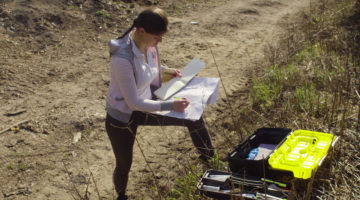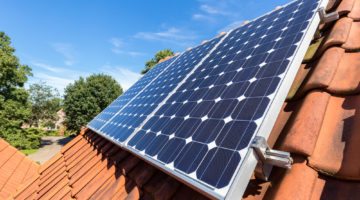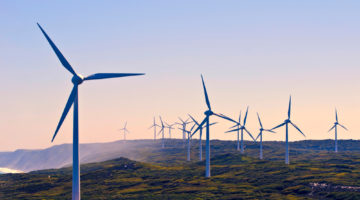
With the announcement that Solar PV provided a record 7.6% of the UK’s energy demand on Saturday 21st June 2014, we thought we might share with you 10 other interested facts about Solar PV that you might not know.
- More than 500,000 households have solar PV panels on their roofs in the UK as of the beginning of 2014.
- Getting solar panels installed on your home can take just one day – not the weeks people assume!
- You get paid for all the electricity you produce regardless of whether you use it in the home or sell it back to grid via a scheme known as the Feed-in Tariff.
- About two thirds of the global solar PV capacity has been installed in the last 2.5 years – in 2002 it was just 2.2GW, but is now in excess of 140GW.
- The average cost of a solar panel in 1977 was $76.67/watt, while in 2013 this was just $0.698/watt – which in simple terms means that solar panels are now about 100 times cheaper than they were 35 years ago. This is making the cost of generating electricity from solar comparable with fossil fuels in some places (like California).
- Enough Sunlight falls on the earth every hour to meet the world’s energy demand for a whole year (if we could just capture it!)
- An average 3kW system consists of 12 solar photovoltaic panels, requiring approximately 21m2 of roof space. A system of this size would produce 2550kWh of electricity annually which is about ½ of an average households electricity requirements.
- A 3kW can be installed for between £4,000 – £6,000 only and the financial returns you make from the generation and export tariff (the two components of the feed-in tariff) are tax free and guaranteed for 20 years – for a system of this size you can expect an annual payment of £430. This does not take into account the fact you no longer need to buy the electricity you produce from the energy companies.
- When most people talk about solar panels they are referring to solar PV panels that produce electricity, however there are panels that produce just hot water – these are known as solar thermal panels and as of April 2014, you now get paid to produce hot water in this way via the Renewable Heat Incentive.
- The Germans unfortunately are beating us! On the 9th June 2014, they produced half their energy demand from solar PV – It is clear we need to up our game!












I read a report that stated that solar panels should actually be facing west (or at least south-west), since this is where the sun is at the end of the day in the UK and that is when people use the most electricity. Is that true?
Sasha, thanks for your comment. It’s quite a difficult one to call as there is now evidence that points to advantages of both types of arrangements, i.e. flush south vs. alternating east/west. With a south facing roof you will still be able to maximise the amount of free electricity produced and make a decent return using the savings from the electricity generated and the current feed-in tariffs.
hello
Hi
Hi
Thanks for this. I found it very informative!